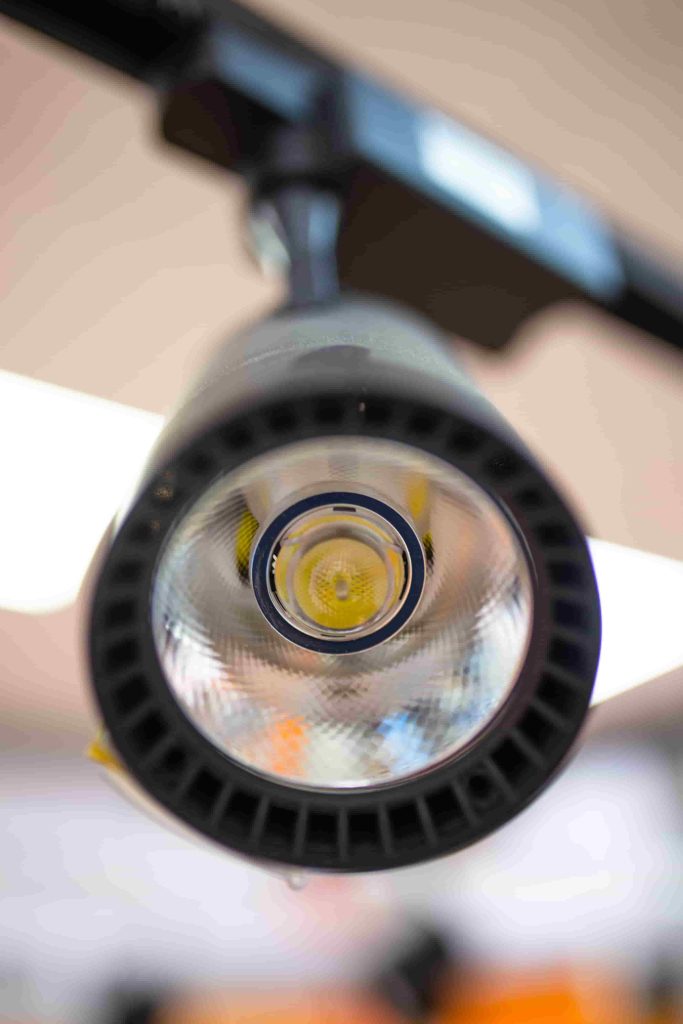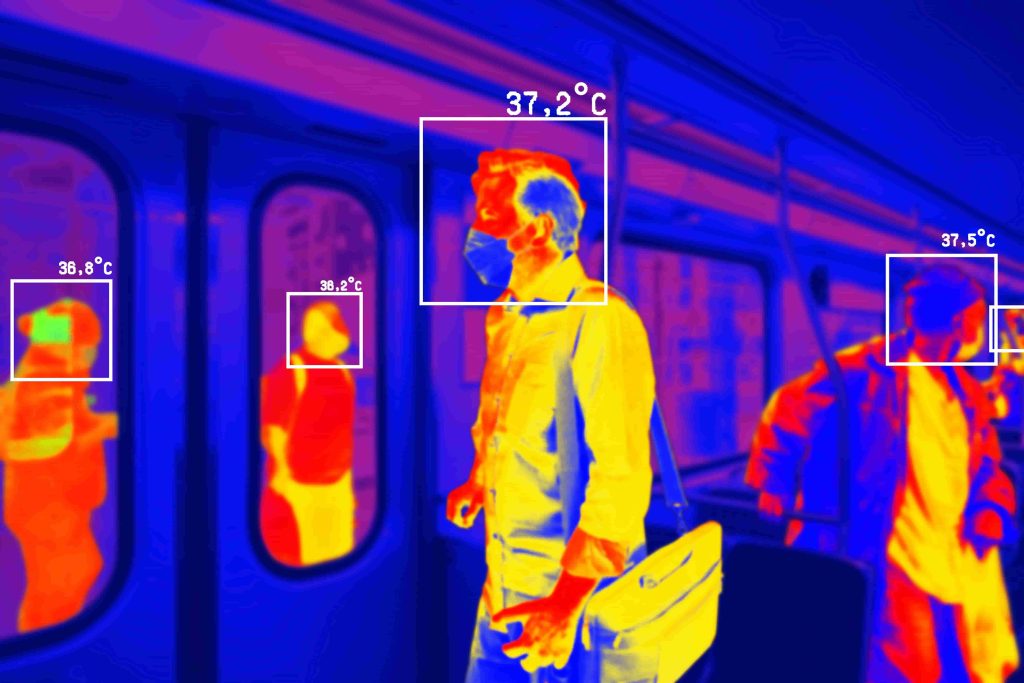When you choose a CCTV camera for your home, it is essential to consider the specific needs of your home. Some factors to consider are the location of the camera, the size and form of the camera, the price and features offered, and how you plan to use the camera.what is a CCTV camera?
Factors to Consider When Choosing the Best CCTV Camera for Your Home
Lense:
The CCTV camera lens is one of the essential components of a CCTV system. It allows video cameras to see, Allows the operators to see what is happening in the footage, and allows for better signal reception. The 2.8mm lens is a common choice for static camera monitoring due to its broad field of vision. With just one camera, it can cover a large region. Indoors, the 2.8mm lens is quite popular. This is due to the fact that you only need one camera set in a corner to watch a whole roomThe size of a security camera’s lens influences the camera’s field of vision and zoom level. A 3.6mm lens provides a roughly 78° field of vision and is the ideal camera for most CCTV applications.

Sensor :
It is now common for businesses to deploy CCTV camera sensors in order to collect video footage and other data. There are many reasons why this might be desirable, such as detecting suspicious activity or preventing accidents. However, ensuring that the CCTV camera sensor is working perfectly can be tricky. Here are four tips to help:
1) Make sure the camera is properly installed – The sensor should be facing the ground, not up in the air. This will ensure that it can capture footage accurately.
2) Keep it clean – Freezing or humid environments can cause corrosion on the camera sensor. Make sure to keep the area where it will be used clean so that no dirt and debris get stuck on the chip.
3) Guarantee data quality – Sometimes cameras malfunction for a short period of time due to corrosion or other problems.
Another significant element is the sensor’s size. The bigger the sensor, the higher the image quality it can create. The majority of CCTV cameras are available in two sizes: 14 inches and 1/3 inch. Fourteen inches is 3.2 mm by 2.4 mm, whereas 1/3 inch is 4.8 mm by 3.6 mm. Larger sensors cover twice as much ground as smaller ones. Larger sensors can collect more light and provide DSPs with more data to analyze.
Resolution of Output :
CCTV cameras can be Resolution of Output (R o ) measured in either per pixel or resolution. The higher the R o, the better quality of the image. A camera with an R o of 800 will provide an image with 1920 x 1080 resolution. When it comes to CCTV cameras, there is a wide variety of options available on the market. Some models offer resolutions as high as 960 x 540 pixels, while others only offer resolutions of 720 x 480. However, what matters most when looking at CCTV cameras is how well they can output images. A resolution of o measures how well the camera can capture an image with a given amount of data. The higher the R o, the better quality of the image. So, if you’re looking for a CCTV camera that can provide excellent quality images, it’s important to consider its R o.
Storage :
Essentially, CCTV storage capacity ranges from 6GB to 6TB. While 6GB – 60GB works well for motion-based and low-resolution cameras, higher-resolution cameras require 600GB – 6TB. The majority of storage devices include a 1TB hard drive. Furthermore, the storage requirements for CCTV cameras might vary depending on individual and company needs. Depending on the circumstances, security camera video might last anywhere from three months to a year. A terabyte may hold around 250,000 images shot with a 12MP camera; 250 movies or 500 hours of HD video; or 6.5 million document pages frequently kept as Office files, PDFs, and presentations. To achieve 1 TB of data, you would need to stream around 171 hours of 4K video every month. That’s the same as watching 6 hours of 4K video each day for a month. If you are concerned about data use, take proactive actions to manage it.
Audio input :
A CCTV camera can be used to input audio data into a computer. This data can be used to create or view videos or images.
How does CCTV with audio work?
Your CCTV system has the ability to record sound. Most cameras feature built-in microphones or an input for an external microphone. It’s usually the latter in the case of commercial cameras. Many CCTV microphones can capture high-quality audio from up to six meters distance
Inferred night version :
The CCTV camera can see at night thanks to the infrared night vision capability. It determines the focal length in the same way that camera resolution does. The more red lights there are, the clearer the footage will be. Some professional CCTVs can catch detailed images and footage in complete darkness. If you install one, avoid placing it behind a window or any sort of glass since the infrared lights (IR) may generate IR reflection or glare.

Conclusion :
In conclusion, CCTV cameras can be a great investment for your home. They offer plenty of security and can help you keep track of everything from burglary to pet ownership. However, it is important to choose the right camera for your home, and there are a few things to consider. You should look at features such as resolution, range, and software. Additionally, you should decide if you want to set up a cloud recorder or use an app. The best way to select a CCTV camera for your home is to read reviews and compare prices. There are a variety of factors you need to consider when purchasing a CCTV camera, including the quality of the footage that you will be sharing with others, the size of your home, and how often you will need to access the footage.
hello